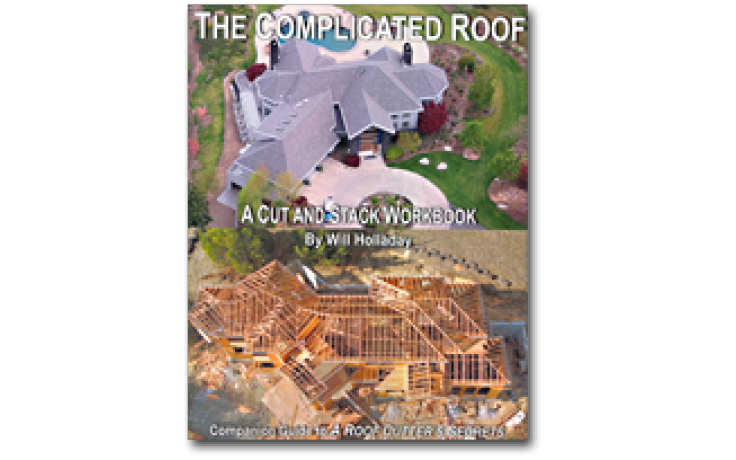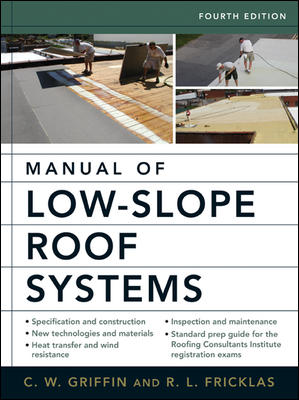How Can I Choose a Sustainable Roof System?
.jpg?1632232628)
Sustainability is at the forefront of people’s minds these days whether it's from growing environmental concerns, or a personal long-term commitment to the cause. In either case, it can be difficult to know what is or isn’t considered sustainable, especially when it comes to building materials. So, when it comes to commercial roofing systems, where do you even start?
What Does Sustainable Roofing Look Like?
Sustainability in construction is something a lot of people aren’t familiar with, making it hard to recognize when something is or, more likely, isn’t sustainable. Roofing especially plays a significant part in a building’s thermal performance and thus energy efficiency.
So, what factors determine if a roof system should be considered sustainable? There are a number of key attributes you can look out for and below we will discuss each one individually.
LIFE-CYCLE ASSESSMENT
When choosing your building materials, their total environmental impact starts with the way they are extracted as raw materials and continues through to when they are disposed of. Consideration should be made for things such as what ingredients make up the majority of the product and how long the product lasts. Materials that use less non-renewable raw materials to produce are less of a burden on the planet’s natural resources. The longer a product lasts, the less often it needs to be replaced and the longer it stays out of a landfill. In addition, if a product can be recycled back into new membrane, it is kept out of a landfill for good.
Environmental Product Declarations (EPD’s) are now available for many roofing products. These documents are designed to help consumers understand a product’s Life-Cycle impacts. Most however are only reporting Cradle to Gate results which is not a full picture of the products’ life cycle. Try to choose products from manufacturers who value transparency and report on the full Life-Cycle with Cradle to Grave EPD’s.
- Look for Cradle-to-Grave instead of Cradle to Gate EPD’s
- Choose materials that use less non-renewable raw materials to make
- Long lasting products end up costing less overall and are better for the environment
- Recycling products at the end of their service life into new product keeps it out of landfills
ENERGY EFFICIENCY
One of the biggest environmental concerns is the use of energy resources. Heating and cooling consume large amounts of energy and add to the overall output of carbon. Over time, these systems can create a lot of negative environmental impact. Installing a roofing system that can help a building owner save on energy consumption provides important environmental benefits.
Features to look for:
- Reflective “cool roof” membranes help reduce roofing temperatures, energy consumption and carbon output
- Rooftop solar PVs provide alternative energy sources
- Skylights to illuminate large spaces, reducing lighting energy uses to little to no energy
- Green “vegetated” roofs to help insulate the building, cool the surrounding areas, and mitigate roof storm water runoff.
GREENHOUSE GAS REDUCTION
When it comes to the environment, we all know that Greenhouse gases have a huge negative impact. That’s why it’s important that the systems we build help reduce these emissions wherever possible. By installing a roof system that is light in color as opposed to black, it can create an effect similar to wearing a light-colored shirt on a sunny day. This helps reduce the impact on your building by maintaining lower temperatures and helps reduce local air temperature outside of the building, which improves air quality and decreases smog.
Reduced heat trapping, lower power plant emissions, less energy needed to cool down buildings, reduced local air temperature, and reduced peak power demand all lead to reducing greenhouse gas production. If you want to prioritize Greenhouse Gas reduction, look for these attributes:
- Choose reflective, light colors, over black and other dark colored membranes
- Green “vegetated” roofs to help insulate the building and cool the surrounding area
WASTE MINIMIZATION
With the amount of roofing material needed to protect a commercial building, it is important to consider options that can be recycled at the end of its life. Choosing a membrane that lasts longer and can be recycled ends up having to be replaced less often and keeps more waste out of landfills.
Some key practices to look out for in terms of waste-minimization are:
- Used materials that can be recycled into new product
- Old roof “take-back” programs
- Recycling old materials into new product (full circle recycling)
- Zero waste to landfill manufacturing pledge
FIRE PERFORMANCE
Finally, one of the least considered aspects of building sustainability is fire performance. This attribute is key as it helps to reduce the amount of material headed to landfill in the case of building fire damage. Choosing a roof membrane that can self-extinguish and resist the spread of flame in the event of a fire is first and foremost a life and safety issue. In such a situation, a fire-resistant membrane may also minimize damage and need for replacement.
Attributes to look for regarding fire-performance:
- Does the membrane naturally resist the spread of flame?
- Does the membrane self-extinguish when the flame is removed?
Third Party Certification Organizations
With the words “green”, “environmentally-friendly” and “sustainable” used on everything from food to packing peanuts, it can be hard to determine what is the right choice for building products. To help building owners navigate all the different ways in which a building can be made more sustainable, some organizations have created programs to help make the process easier.
LEED, Green Globes, and NSF International are a few third-party organizations that have dedicated their efforts to helping building owners make sustainable product choices. LEED and Green Globes break down construction products into categories and establish a point rating system for the use of those products. With enough overall points, a building can be considered silver, gold, platinum, etc.
NSF International joined forces with ANSI, both well known and respected standard development organizations, to create a sustainability standard for single-ply roof membranes. The new standard, NSF/ANSI 347, is recognized as an American National Standard. Similar to LEED and Green Globes programs, products are assessed against various sustainability attributes and rated silver, gold, or platinum based on an aggregate score.
Now that you have taken the time to learn what to look for when choosing a sustainable roofing system, you can go forward knowing that your next roof will be good at protecting your building’s assets as well as the environment. To help you remember, we’ve created an easy to use checklist for you to use when the time is right. Download it, save it, print it, and share it with colleagues. Together we can continue to help the environment, one roof at a time!
Looking for a reprint of this article?
From high-res PDFs to custom plaques, order your copy today!








